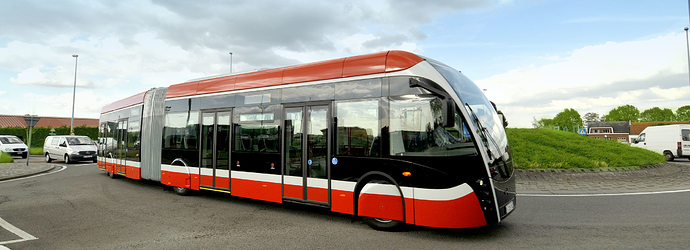It seems that a few people on this forum have good experiences taking the bus and I am curious about your commutes. Are you commuting to a different city in the Triangle or commuting within Raleigh? Is it faster, or are there other reasons you choose to take the bus? Is there a bus stop near your office? […] I feel like the logistics never quite work for me.
I live in Chapel Hill and I’m a grad student at a joint program between UNC and NC State. I use the GoTriangle buses since I don’t have a car, and it’s much more convenient than carpooling. I’ve had to fight pretty hard when I sign up for classes to make the logistics work (waking up at 6 to get to Centennial for an 8am class was not fun), but the onboard wi-fi makes it a lot easier to work remotely or stare at social media as a break.
I think the commute is reasonable as a student if you can stay organized enough -though I will admit that going out downtown is tough since there aren’t a lot of ways to get home after 9pm. But if you work in RTP… …any time there’s a conference or department event at the NC Biotech Center or the Frontier, it’s basically a nightmare for me unless I can find people to drive there with…

